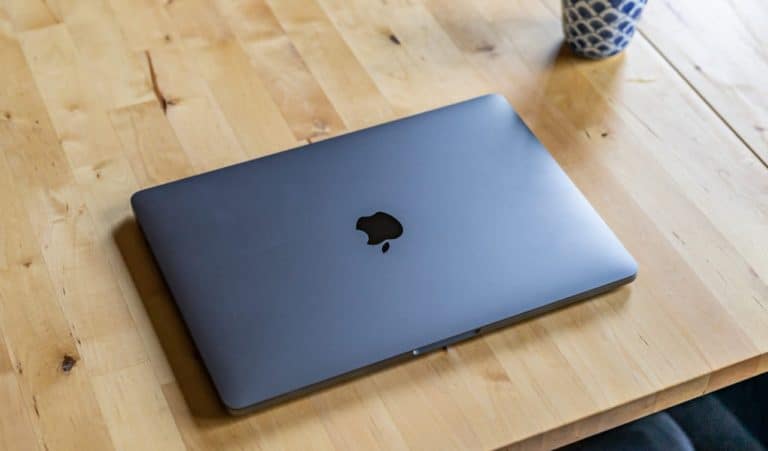While smartphones are increasingly repairable, the same is not true of laptops. American advocacy organization PIRG argues that MacBooks and Chromebooks in particular still have a lot of room for improvement in this area.
PIRG assessed various brands for their repairability using scores similar to those used in American schools. Because the French government has required manufacturers to provide detailed information on how consumers can maintain devices since January 2021, there are defined criteria for brands to adhere to. There are five criteria: a “wildcard” based on equipment category, the availability of technical documentation to support repair jobs, the complexity of a disassembly as well as the availability and price of spare parts.
PIRG builds on this, but weighs disassembly more heavily. It feels that this aspect is especially important because, in practice, this aspect determines whether a device is easy to repair. It subtracts points for incomplete scoring information and membership of anti-Right-to-Repair movements.
Varying with laptops
Interestingly, laptops are slightly more difficult to take apart on average than last year. However, there are higher scores in all other criteria, with ASUS (B+) and Acer (B) performing best in the test. Apple is the only manufacturer to score a D, mainly because disassembly of MacBooks is very difficult. However, the repairability of these devices does show slight improvement over last year.
The dozen Chromebooks tested present a mixed picture, even between models of the same brand. For example, Dell’s Latitude 3140 leads within this category, while its Chromebook 3110 has the third-lowest score. A set of HP Chromebooks are the two worst performers. On average, Chromebooks are less repairable than the Windows laptops on offer.
Smartphones improve, Apple rises strongest
Fewer phone brands were tested than laptops, and the scores show less disparity between them. Three models each from four manufacturers (Apple, Google, Motorola and Samsung) were tested. In this, Samsung finishes at the bottom (C-), Apple and Google are even (C) and Motorola is the slight winner (C+). The iPhone has improved significantly this year, putting it in the middle of the pack when it comes to repairability.
However, iFixit found that while the iPhone 15 series may be more repairable than before, its software acts as a spoiler as it prevents third-party parts from being fully supported. The measurable improvement therefore has an important caveat that PIRG is quick to address.
Also read: Apple lets you fix your iPhone or Mac yourself, but makes it expensive
PIRG does note that phones are generally designed to last longer. In doing so, the nonprofit argues that this progress will have to be accompanied by longer software support than now. Not every option will match the promised 10 years of the Fairphone 5, but Samsung has improved over the years, now promising seven years of updates with its S24 series.
In short, repairability is still a problem in these two product categories. Slight improvements and rapid rises at Apple, for example, are offset by questionable software practices and participation in anti-Right-to-Repair movements. So there is still much to be gained in this area, especially since, overall, recyclability is also an issue.
